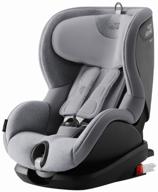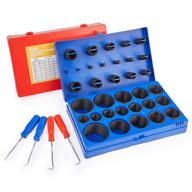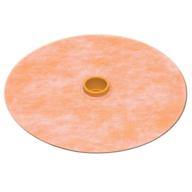
Review on Polyester Polypropylene Strapping Tensioner Windlass by Craig Lovro

Buy tensioner separately
tensioner works well; Electro sealant is useless. Buy the tensioner separately and add a set of metal clamps and a crimping tool. Tensioner (Photos 1-4) This tool may not be appropriate for a warehouse that needs to strap 100 boxes a day, but if you need to strap a large, heavy box at home from time to time, this tool is a good economical choice. The only complaint about the instructions. It's useless. I hope my instructions are clearer. First, it is impossible to relieve tension after application. The winch drum rotates in one direction only. Before tightening the belt, ensure that the belt and any edge guards are properly positioned. The handle rises to wrap around the strap on the windlass to create tension. The handle moves down to prepare for another partial turn. Or the handle will fall all the way down to cut the strap (front guide) and release the rear clip. The belt runs behind the tool, under the clamp and under the front guide. Photo 1 shows the starting position (the handle is released). Note that the rear clamp is closed and the slot in the front rail is clear. In photo 2, the handle is fully closed. Note that the rear clip is open and the seat belt cutter is rotated to the 'cut' position in the front guide. This position is necessary to load the free end of the belt into the tensioner. Photo 3 shows the free end is "loaded" and properly positioned. Photo 4 shows the "spool end" of the sling that has been passed through the forward guide and wound onto the windlass. Raise and lower the handle until the desired tension is achieved. Crimp the collar onto the webbing in front of the tensioner to connect the free end to the stretched webbing. Then fully close the handle to cut the strap and release the tool. Actually everything is simple, but the instructions are crystal clear. Electrical Sealant (Photos 5 to 8) This sealant is no good. Instead, buy metal clips and a crimping tool. Photo 5 shows the sealant in the "rest" position. Photo 6 is a close-up of the "jaw" in this position. The "tongue" is the only part of the instrument that gets hot. A tensioned strap runs between the tongue and the upper jaw. The free end of the strap runs between the tongue and the lower jaw. Photo 7 shows the tool in position 1 with the handles partially compressed. The jaws close to press the straps against both sides of the tongue, partially melting the plastic. Photo 8 shows the tool in position 2 with the handles fully compressed. The tongue is pulled out and the bands squeezed to allow the melted sides to fuse. It's actually a brilliant idea, but it just doesn't work. At least not with polypropylene (PP) adhesive tape. I figured out how the tool goes to position 1 and then to position 2 when the handles are squeezed. I let the device warm up and then tried it out. The tape essentially melted and released under tension. I practiced on a worn webbing (no tension) a few times until I thought I figured it out. Then I tried a second, third, and fourth time with the straps tight. All attempts failed. If you let the belt touch the hot tongue while positioning the tool, the belt will melt so much that it will break under tension. If you squeeze the handles too slowly, the tool will stay in position 1 for too long and the tape will melt so much that it snaps under tension. If you squeeze the knobs too quickly, the tool will not stay in position 1 long enough to melt the belt surfaces and the belts will not snap. I was able to achieve a seemingly acceptable splice during my hands-on "trials," but I was never able to successfully "weld" the strap to the tensioned strap. Save yourself the frustration (and money). Buy metal terminals and a crimping tool, not this electrical sealant
- This windlass tensioner is used in conjunction with a wire harness sealing tool. PP/PET strapping is recommended in widths from 1/2" to 3/4" with an open seal of the same size.
- does not work
New products
Comments (0)
Top products in 🛠️ Seals & O-Rings
Another interesting products
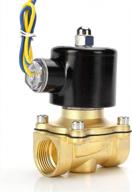
1 Inch Beduan Brass Electric Solenoid Valve, 12V Normally Closed Air Valve For Water, Gas, Fuel, And Oil

10 Review
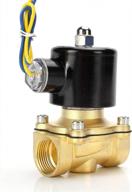
12V Brass Solenoid Valve, 3/4" Electric Air Valve For Water, Air, Gas, Fuel And Oil - Normally Closed By Beduan

10 Review
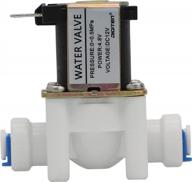
DIGITEN DC 12V 1/4" Inlet Feed Water Solenoid Valve Quick Connect N/C Normally Closed No Water Pressure

14 Review
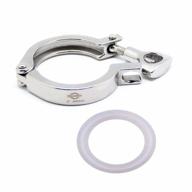
High-Quality QiiMii Stainless Steel Sanitary Clamp With Silicone Gasket - 2 Inch, Single Pin Tri Clover Design

16 Review


